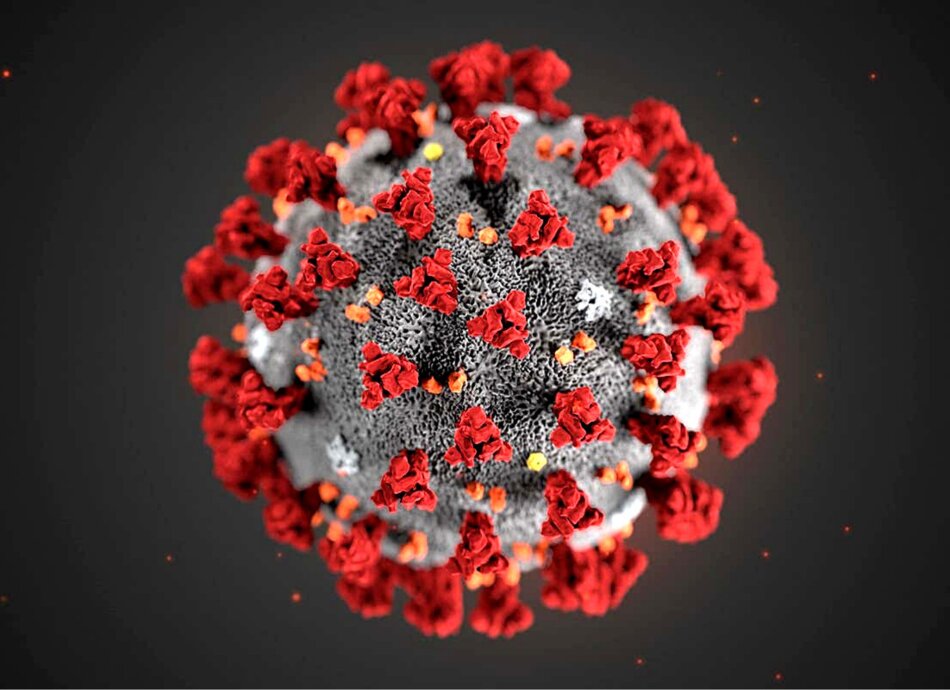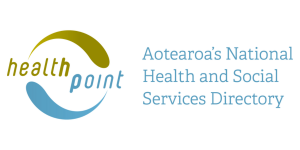Your return to exercise should take place gradually in 5 phases. The following sections describe these phases and give suggestions for activities at each phase.
It is important that you:
- stay at each phase for a minimum of 7 days before progressing to the next
- drop back a phase if you find it difficult, or if you experience setbacks in your symptoms
- stop immediately if you have any chest pain or dizziness, and don't restart your exercise programme until you have talked to a healthcare professional.
Phase 1
Preparation for return to exercise: These activities should feel easy, and should not make you feel short of breath.
Examples: Controlled breathing exercises, gentle walking, stretching and balance exercises. Stretching your muscles can be done sitting or standing. Each stretch should be performed gently, and you should hold each one for 15–20 seconds.
Phase 2
Low-intensity activity: These are the kind of things you feel like you could keep doing for hours. You should be able to breathe easily and have a conversation while doing them.
Examples: Walking, light household/garden tasks. If you can cope with these activities and continue to talk to someone, you can gradually increase the time you spend exercising by 10–15 minutes per day. You’ll need to spend at least 7 days in this phase without getting post-exertional malaise before you move on to the next phase.
Phase 3
Moderate-intensity activity: When you do these activities they make you breathe heavily, but you could keep talking.
Examples: Brisk walking, going up and down stairs, jogging, introducing slopes, resistance exercises. If you can’t talk while doing an activity, then you are not ready for this phase. You could start the arm and leg strengthening exercises described below.
Phase 4
Moderate-intensity exercises with coordination and functioning skills: These activities make you feel short of breath, and you can only speak about one sentence at a time.
Examples: Running, cycling, swimming and dance classes.
Phase 5
Return to your baseline exercises: You’re now able to do the types of exercise/sports/activities you could do before you got COVID-19.
| Things to look out for when exercising |
No exercise should be painful.
If you feel any of the following symptoms, do not exercise (or stop exercising if you have already started), and contact your healthcare provider:
- Chest pain
- Feeling faint, dizzy or light headed.
- Nausea (feeling sick).
See your GP for referral to a physiotherapist if you have any ongoing concerns about exercise.
|













